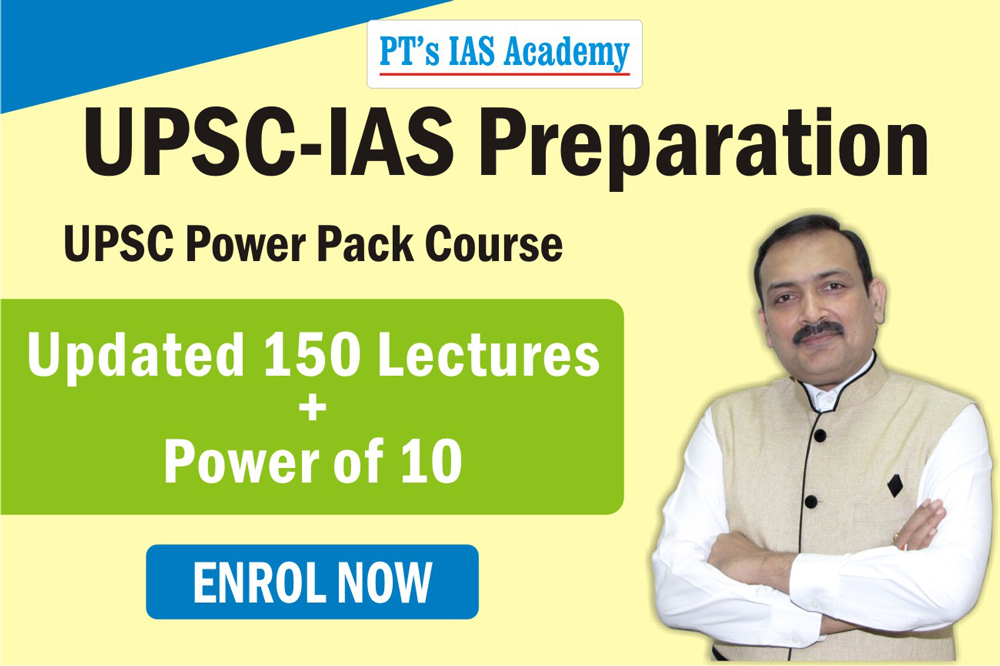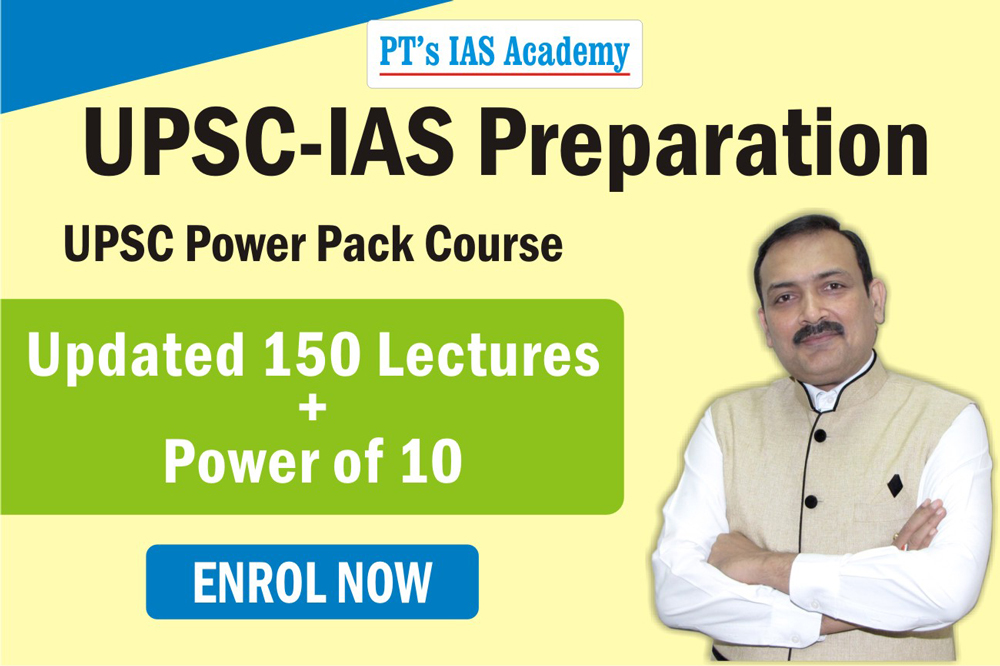An insight into the nature of work done by Nobel laureates 2021
- Nobel for Physics: The physics prize 2021 went to three researchers who have studied complex, chaotic and apparently random systems and developed ways to predict their long-term behaviour, with implications ranging from how to study the climate to the exploitation of exotic materials. Half of the award (about $1.1m) was shared by Syukuro Manabe of Princeton University and Klaus Hasselmann of the Max Planck Institute for Meteorology, in Hamburg. The other half went to Giorgio Parisi of Sapienza, the principal university in Rome.
- Drs Manabe and Hasselmann laid the foundations of the modelling of Earth’s climate that led to “quantifying variability and reliably predicting global warming”, according to the Nobel Committee for Physics of Sweden’s Royal Academy of Science. Dr Parisi was awarded his share for discoveries around the “interplay of disorder and fluctuations in physical systems from atomic to planetary scales”.
- In the 1960s Dr Manabe, an atmospheric scientist, wove together emerging strands of understanding of the dynamics and thermodynamics of Earth’s atmosphere to make the first reliable prediction that doubling the level of carbon dioxide present would also increase the planet’s surface temperature. His work led to the development of physical models of Earth’s climate and laid the foundation for the climate models used today.
- Around the same time, scientists such as Edward Lorenz of the Massachusetts Institute of Technology were beginning to describe weather as a chaotic system—in other words, something that had so many interacting individual components, such as temperature, pressure, humidity and wind speed, that even small variations in initial conditions could result in enormous differences at a later stage. In this description, weather evolved rapidly and became essentially unpredictable even just a few days into the future.
- In the 1970s Dr Hasselmann developed models to show how weather, despite being chaotic and unpredictable in the short-term, could yield reliable models to foreshadow Earth’s climate over much longer periods.
- Around 1980 Dr Parisi found some of the rules that govern apparently random phenomena. He studied a type of material called “spin glass”, in which, for example, iron atoms are mixed at random into a matrix of copper atoms. The iron atoms each behave as tiny magnets but, whereas in a normal lump of magnetised metal their north-south poles all point in the same direction, in a spin glass they do not. Dr Parisi devised a way to understand how they find their optimal orientations.
- Nobel committee's message: Year 2021's physics prize is the first scientific Nobel awarded for understanding of the climate. Asked if this was a not-so-subtle message to world leaders ahead of the upcoming COP26 climate summit in Glasgow, members of the award committee said the prize was meant to celebrate the discoveries themselves. But it also showed that the modelling of the climate and the notion of global warming rest on solid physical science. Human beings can no longer say they did not know how or why Earth is heating up.
- Nobel for Chemistry: The chemistry prize was shared by Benjamin List, of the Max Planck Institute for Coal Research, in Mülheim an der Ruhr, and David MacMillan, of Princeton University. Their prizewinning work, published in 2000, was conducted independently, and unknown to each other at the time, but with the same end in mind. This was to break the stranglehold of enzymes and transition metals on the field of catalysis.
- Some chemical reactions proceed with alacrity. Most, though—including many that are industrially important—need a helping hand in the form of a catalyst. Evolution has provided a range of these in the form of enzymes, which are large, complicated and sometimes temperamental protein molecules, but which have the advantage that they can create pure versions of what are known as optical isomers. These are molecules that have two forms which are mirror images of each other. This is important in the drug industry, for the different versions, known as enantiomers, can have different effects in the body. Also, if you choose the right enzymes, it is often possible to carry out multi-step reactions in only a few stages.
- Transition metals are those in the middle of the periodic table—copper, nickel and iron, for example. The structures of the electron shells surrounding the nuclei of their atoms are complicated, meaning they are chemically versatile. This is what makes them good catalysts. Some transition-metal catalysts are the metals themselves. More often, they are small molecules that include a transition-metal atom. Transition-metal catalysts can be easier to handle than enzymes, but usually fail to distinguish between enantiomers. Also, transition-metal compounds are frequently toxic, with all the environmental consequences that entails. And multi-step reactions involving them can be long-winded.
- Dr List and Dr MacMillan found a way to have the best of both worlds: small-molecule catalysts that have no metal atoms in them, can turn out pure enantiomers, and often simplify multi-step reactions. That has significant industrial implications. Dr List worked on an enzyme called aldolase a. This catalyses what is known as the aldol reaction, an important way of forging molecular bonds between carbon atoms. Aldolase a is made of 350 amino acids, the building blocks of proteins, but the bit that does the work consists of only three of these: lysine, glutamic acid and tyrosine. The rest of the enzyme is packaging. He therefore wondered if he could isolate the enzyme’s active centre and yet preserve its activity. In fact, he did better. He showed that the aldol reaction can be catalysed by a single amino acid, proline. And, crucially, this retains the enantiomeric purity of the enzyme-mediated reaction.
- Nobel for Medicine: Four of the human senses are obvious, if only because each is associated with a particular organ: sight with the eyes, hearing with the ears, taste with the tongue and smell with the nose. But the fifth classical sense, touch, is distributed over the whole surface of the body, albeit that it is concentrated in the fingertips. Touch, moreover, is only one such distributed sense. Others perceived consciously include pain, heat and cold. And modern science has shown there are also unconsciously perceived senses, known collectively as proprioception. These keep track of the position and movement of the body and its parts. This year’s Nobel prize for physiology or medicine went to the discoverers of the molecular mechanisms of two of these distributed senses—temperature and mechanical stimulation.
- The winners were David Julius of the University of California, San Francisco and Ardem Patapoutian of Scripps Research, a biomedical institute in San Diego. Dr Julius did the pioneering work on temperature. He and Dr Patapoutian, acting independently, then advanced this work. After that, Dr Patapoutian moved on to look at mechanical stimulation.
- Dr Julius’s chosen tool for his investigation, which he began in the late 1990s, was capsaicin. This is the active ingredient of chilli peppers. By a chemical coincidence (as was then assumed and is now known) capsaicin reacts with, and thus stimulates, one of the body’s heat-receptor proteins. Dr Julius set out to discover what this protein was. To do so he made millions of fragments of genetic material for proteins known to be active in heat-receptor cells. He then introduced these fragments into other cells, to encourage them to manufacture the relevant protein fragments. That done, he tested the modified cells for sensitivity to capsaicin.
- The fragments which induced capsaicin sensitivity turned out to be parts of a protein now called trpv1. This belongs to a class of proteins called ion channels, which do many jobs in the body. As predicted, trpv1 turned out to be heat sensitive. When the temperature rises above 43°C, the channel through it opens, permitting ions of calcium and sodium to pass. That chemical signal stimulates a nerve impulse which tells the brain about the temperature change.
- Dr Patapoutian then went on to look at the sensation of touch. Molecular biology having advanced in the interim, he was able to work with whole proteins—or, rather, the genes for whole proteins. He identified 72 proteins, expressed in a mechanically sensitive cell line, that looked like potential touch-sensitive ion channels. He tested them one at a time, by silencing the genes that encode them and poking the resulting cells. The first 71 silencings had no effect. But the 72nd proved to be of the protein he was looking for. He called that protein piezo1.
- Summary: In a year of Covid, many had been expecting the honours to go elsewhere—perhaps to the inventors of mrna-vaccine technology. But the various Nobel-prize committees work in ways that are not easily understood by outsiders.
- EXAM QUESTIONS: (1) Explain the nature of work that the various Nobel winners in 2021 had accomplished. (2) What is the continuing significance of the Nobel prizes in the 21st century? Explain.
#Nobel #Awards
* Content sourced from free internet sources (publications, PIB site, international sites, etc.). Take your own subscriptions. Copyrights acknowledged.


















COMMENTS